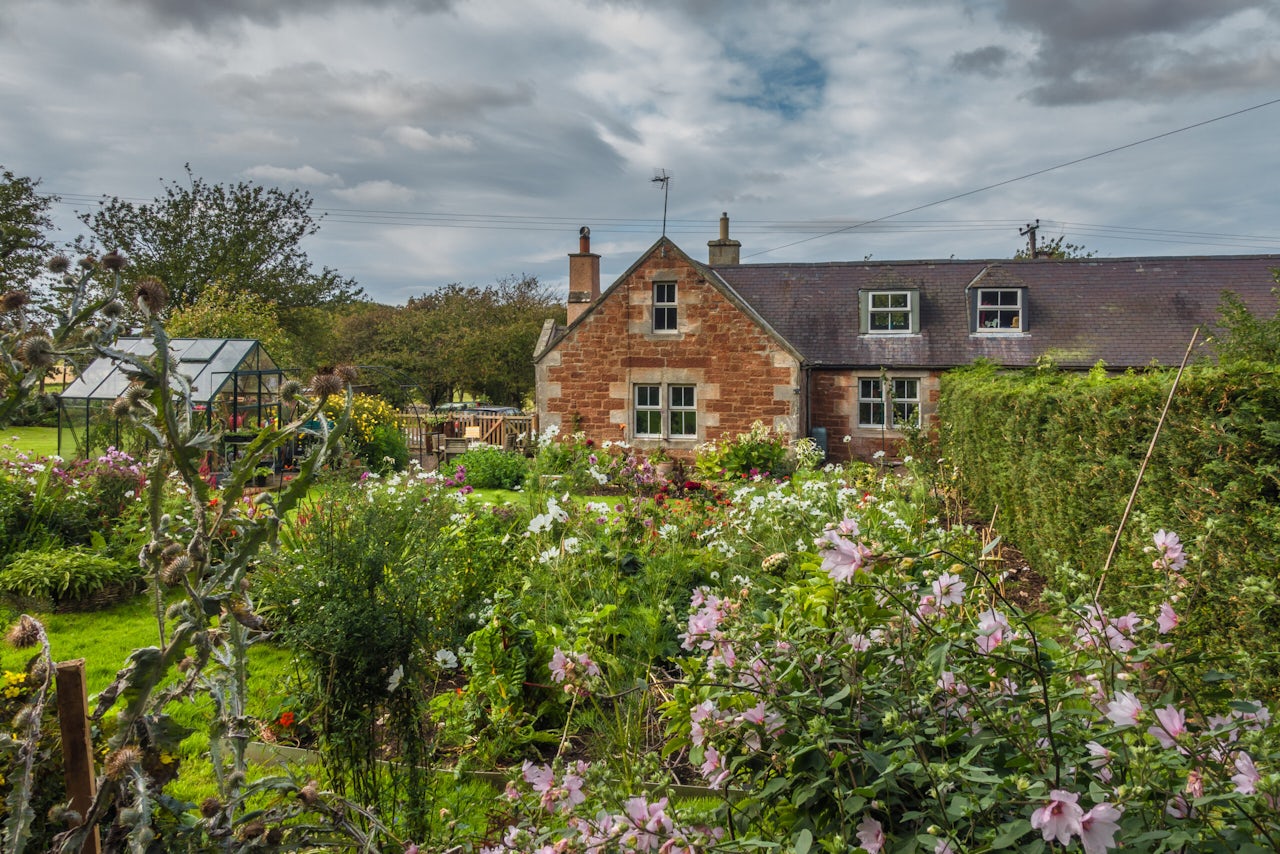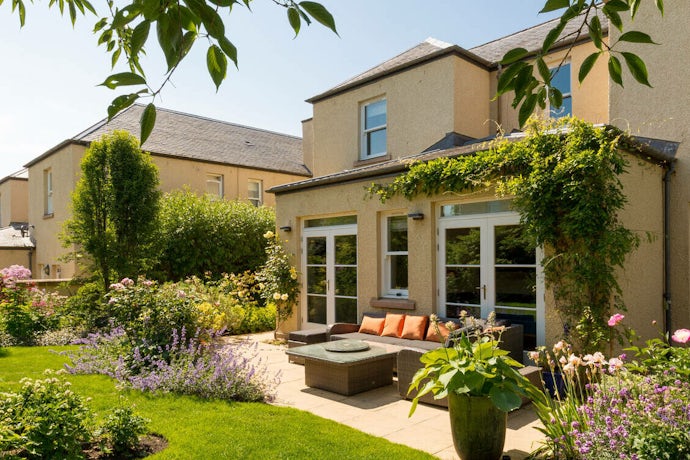Sustainability and the environment have been hot topics for a while now, especially following the COP26 climate summit. Scotland is committed to being net zero by 2045 and Scots are becoming more climate-conscious, changing their habits to help preserve the environment, whether that’s through shopping more sustainably, recycling and upcycling or ditching the car in favour of public transport.
The energy and gas situation has seen Scots take a sharp focus on household bills and the rising cost of living. There’s no doubt that running costs need to be factored into house purchases and it’s likely there will be a continued trend towards homes that are more energy efficient and therefore more eco-friendly.
As environmental awareness and concerns about sustainability continue to grow, these factors are increasingly impacting the residential property market. Some buyers are actively seeking out homes that are eco-friendly and sustainable, with features such as energy-efficient appliances, solar panels, and green building materials becoming more popular.
In addition, homes in areas with clean air and water, access to public transportation, and proximity to green spaces can be seen as more desirable and may command higher prices. On the flip side, areas with high levels of pollution or environmental hazards may be viewed as less desirable and could see property values decrease over time.
As a result, it’s becoming increasingly important for home buyers and sellers to consider the environmental impact of residential properties when evaluating their overall value and potential for long-term growth.
For some buyers, this could bring a trade-off between aspirational and affordable. While prices are currently driven by demand, the wider global circumstances and changing attitudes of buyers mean the green credentials of a property, including its energy ratings, could possibly become a more significant factor in dictating interest and perhaps even the eventual sale price.
New home builders have had to consider energy efficiency for a while now, with high insulation and material standards usually delivering lower utility costs than an older home might. However, with a renewed focus on Energy Performance Certificates (EPC) coupled with the environmental context, we expect to see owners of older properties taking necessary steps to improve the efficiency of their homes too.
A buyer’s first point of reference should be the EPC rating within the Home Report of any property they’re considering. This will include an energy performance indicator grade for the home and a few cost-effective and feasible recommendations to improve the building’s energy efficiency, which can be a helpful guide when considering future utility costs.
Edinburgh is full of listed buildings, and, while gorgeous, they can bring a lot of restrictions when considering changes to the property or improvements for energy efficiency. For example, adding double glazing to traditional sash windows isn’t impossible, but it is cost prohibitive. It’s worth thinking about the direction and placement of a potential purchase and how that might affect its potential for warmth – and energy bills. Homes that face south and west can often stay warm without excessive heating and ground and top-floor flats, although some of the most popular for buyers, can be difficult to heat consistently.
We’ve all noticed the seemingly sudden increase of hybrid and electric vehicles on the roads, and owners have had to get creative when there isn’t a convenient external charging plug available at their home; trailing cables out of windows and winding them down lampposts to reach the cars in question. If a place to charge is a priority for you it’s best to look outside of city centres to the outskirts where properties tend to have more parking space.
Convenient access to public transport and local amenities within walking distance will continue to be a huge asset to a home, with an added benefit being less need for private transportation. Edinburgh’s network of cycle lanes brings another opportunity to embrace leaving the car at home, with lanes connecting virtually all of the city.
As people continue to respond to the climate and energy crises in their everyday lives, we might see the addition of ‘an electric car charging port’ in the search criteria on property portals. Or maybe the adaptation of green roofs, a movement popular in Europe where the roof is planted with grass and other foliage to foster environmental biodiversity as well as insulation benefits for the building.
Regardless of the changes that will develop, we can be sure that the direction is towards improving the efficiency and green credentials of homes – both new and old.




